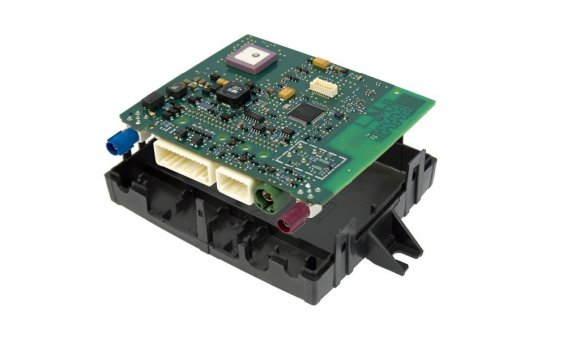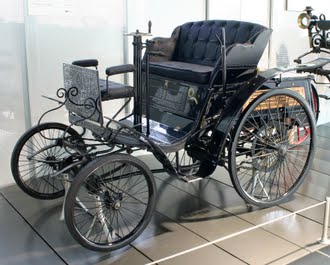
Wireless communication technologies support a host of innovative devices in modern vehicles, including digital and satellite radio, GPS, cell phones, and short range communication gadgets. Such applications require the use of multiple antennas operating in different frequency ranges.
thoroughly examines traditional and advanced automotive antennas, including the principles, designs, and techniques used to reduce antenna dimensions without significant degradation of communication quality. This book is based on cutting-edge data collected from numerous technical papers, patents, and patent applications. It presents an overview of many commercially available automotive antennas and covers features that have become standard in automotive applications.
Highlighting the practical aspects of antenna design, the authors introduce passive and active designs and describe the entire design process, including antenna simulation, prototype sample fabrication, and laboratory test measurements.
Source: books.sae.org

 About 250 million vehicles are in the United States. Around the world, there were about 806 million cars and light trucks on the road in 2007; they burn over 260 billion gallons of gasoline and diesel fuel yearly. The automotive industry designs, develops...
About 250 million vehicles are in the United States. Around the world, there were about 806 million cars and light trucks on the road in 2007; they burn over 260 billion gallons of gasoline and diesel fuel yearly. The automotive industry designs, develops...
 A vehicle registration plate is a metal or plastic plate attached to a motor vehicle or trailer for official identification purposes. The registration identifier is a numeric or alphanumeric code that uniquely identifies the vehicle within the issuing region's...
A vehicle registration plate is a metal or plastic plate attached to a motor vehicle or trailer for official identification purposes. The registration identifier is a numeric or alphanumeric code that uniquely identifies the vehicle within the issuing region's...
 Motorcycle insurance is insurance coverage for motorcycle riders. Like auto insurance, motorcycle insurance includes bodily injury liability, underinsured, collision and comprehensive coverages.
Motorcycle insurance is insurance coverage for motorcycle riders. Like auto insurance, motorcycle insurance includes bodily injury liability, underinsured, collision and comprehensive coverages.







